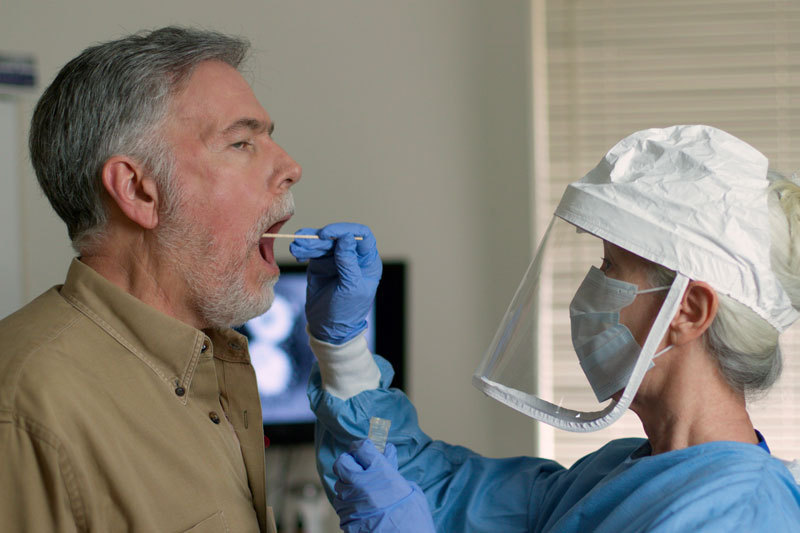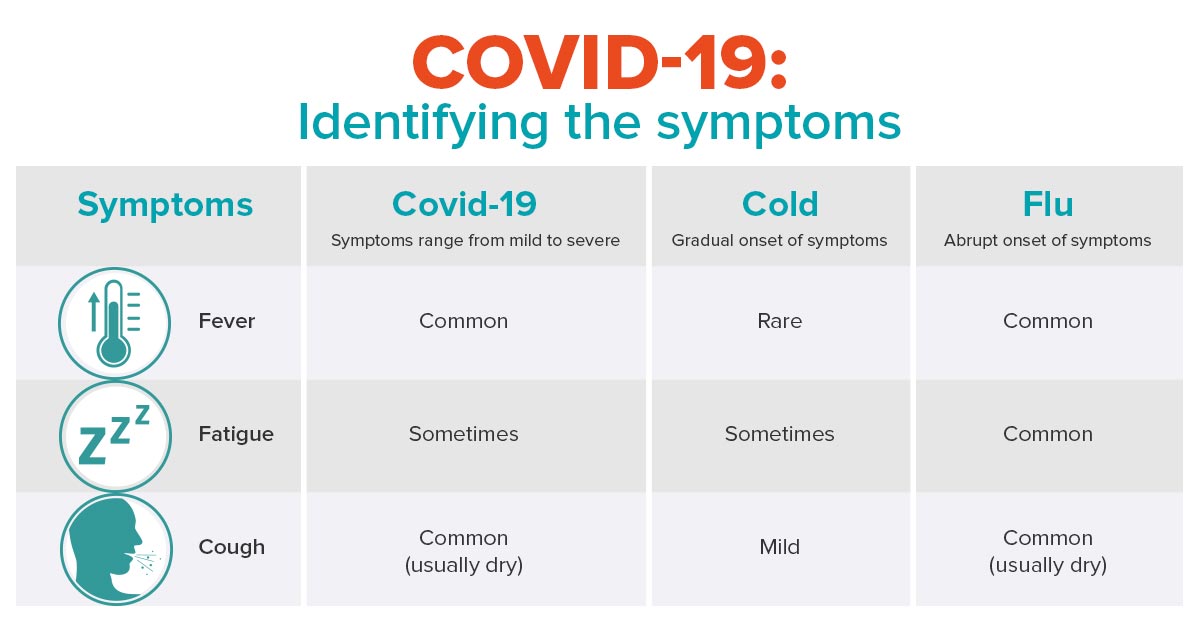As information surrounding COVID-19 and its symptoms continue to evolve rapidly from day-to-day, it can be hard to separate truth from rumor.
Are corona symptoms really the same as flu symptoms? When should you get tested? How long will testing take? Should you go in if you’re coughing or have a sore throat?
These questions are completely understandable, and we’re here to help clear up any confusion.
How does bone broth fight inflammation AND promote weight loss? Download our Free Bone Broth Guide And Recipes To Find Out Now!
Click here to get your FREE Bone Broth Guide And Recipes Today!
COVID-19 Symptoms
According to the World Health Organization (WHO), people can be infected with coronavirus from 1 to 14 days without showing symptoms. Some people can also become infected and never show or feel any symptoms, or perhaps experience nothing more than a mild cough or throat tickle.
A thorough list of known symptoms includes: (1)
- Fever
- Tiredness and fatigue
- Dry cough
- Aches and pains
- Nasal congestion
- Runny nose
- Sore throat
- Chest tightness and difficulty breathing (in severe cases)
Another emerging early symptom that many specialists and doctors have noticed is a loss of sense of smell or taste.
“Anecdotal evidence is rapidly accumulating from sites around the world that anosmia and dysgeusia are significant symptoms associated with the COVID-19 pandemic”, the American Academy of Otolaryngology – Head and Neck Surgery wrote in a statement via USA Today. (2)
These are newly recognized symptoms and are simply something to be conscious of (but not panic about). They aren’t yet a defining characteristic of COVID, at least according to the WHO or Centers for Disease Control and Prevention (CDC).
Corona Symptoms vs. Common Cold or Flu Symptoms
It’s true that some of the symptoms of coronavirus are similar to the flu and even the common cold. However, there are several differences between the three that are worth being aware of.
- In COVID-19, symptoms range from mild to severe. Common cold symptoms typically appear gradually, while flu symptoms tend to flare up abruptly.
- A fever is common to experience with COVID-19 and the flu, but is rare for a common cold.
- A sore throat is a hit or miss with COVID but is common in the cold or flu.
- Shortness of breath can sometimes be experienced with COVID-19 but is rare in cases of the flu or common cold.
- Aches and pains could happen with the flu and COVID-19 but are rare when experiencing a cold.
- Diarrhea is rare in COVID-19 and is not a symptom of the common cold, but is common in cases of the flu.
- Sneezing is normal for the common cold and is not a telltale symptom of the flu or COVID-19.
Should You Get Tested?

It’s important to know that depending upon symptoms, not everyone who goes to a hospital or their doctor will get tested for coronavirus. This is because, as of now, testing supplies are still fairly limited. Your doctor will likely only test you if your symptoms are severe and aligned with coronavirus symptoms, or if you’re in or have traveled to a hotspot.
The CDC states that most people experience mild illness and can recover at home. And, even if you went to a hospital for a mild temperature or sore throat, there is currently no treatment specifically approved for coronavirus. If you have been to a hotspot or in contact with someone who has COVID-19, then it is highly likely your doctor will test you, although decisions about testing are at the discretion of state and local health departments and/or individual clinicians. (3)
So when should you actually go in to get tested? If you’ve been in contact with someone who has COVID-19, or has been exposed to COVID-19, and you develop a fever or cough.
According to the CDC, if you develop emergency warning signs for COVID-19 get medical attention immediately. Emergency warning signs include:
- Trouble breathing
- Persistent pain or pressure in the chest
- New confusion or inability to arouse
- Bluish lips or face
With all of this being said, according to the WHO, up to 80% of all people who become infected with COVID-19 recover without needing special treatment. (4)
Bottom Line: What to Do Next
If you are on the fence about being tested, the best thing you can do is self-assess your symptoms. If you have a fever and/or other COVID-19 symptoms and have been in contact with someone who was infected (even up to 14 days ago) or have been out and about in a hotspot area, then you should consider testing or at least calling your doctor for advice.
If you do need to get tested, know that getting the results can take anywhere from 24 to 72 hours. However, officials are currently working on making tests available that can have results in a few hours, instead of days, although the situation is ongoing.
If you have been tested and are waiting for results, it’s best to follow CDC guidelines and practice social distancing to avoid potentially infecting others. If you haven’t already, take this time to rest and consume plenty of immune-supporting fruits, vegetables, and other nutrient-rich foods.
A good place to start is to read: How to Naturally Boost Your Immune System and The Best and Worst Foods to Eat When You’re Sick


